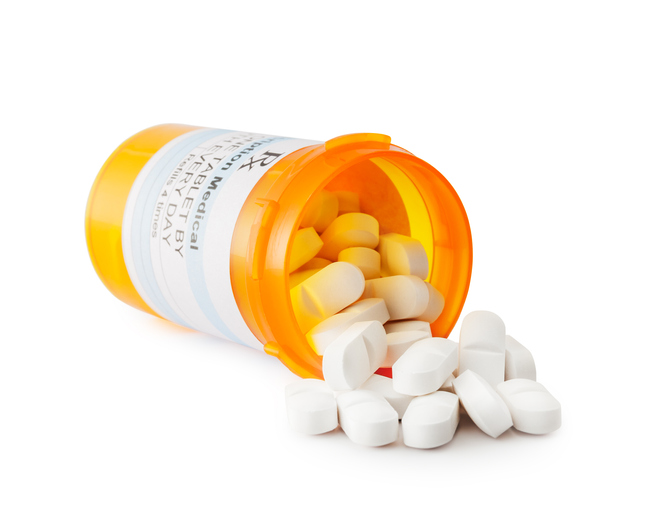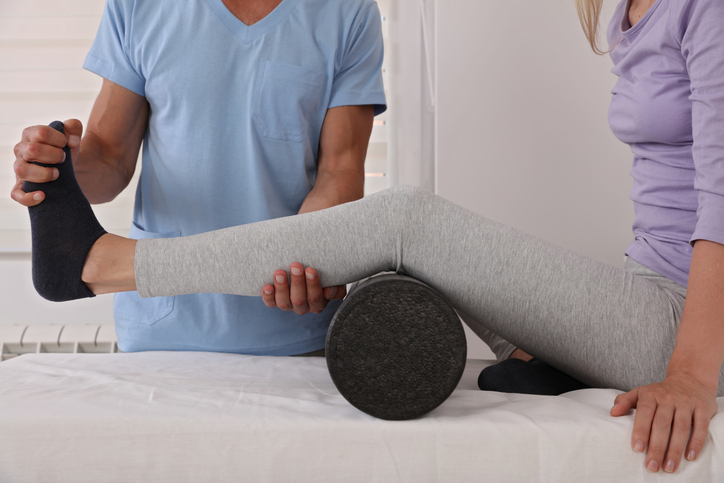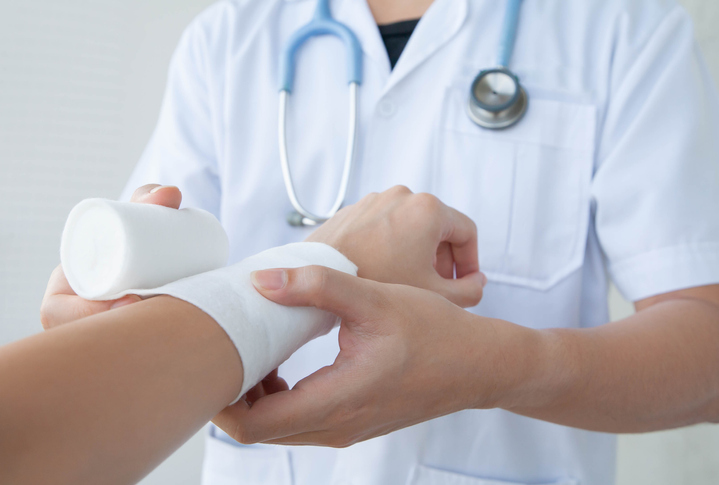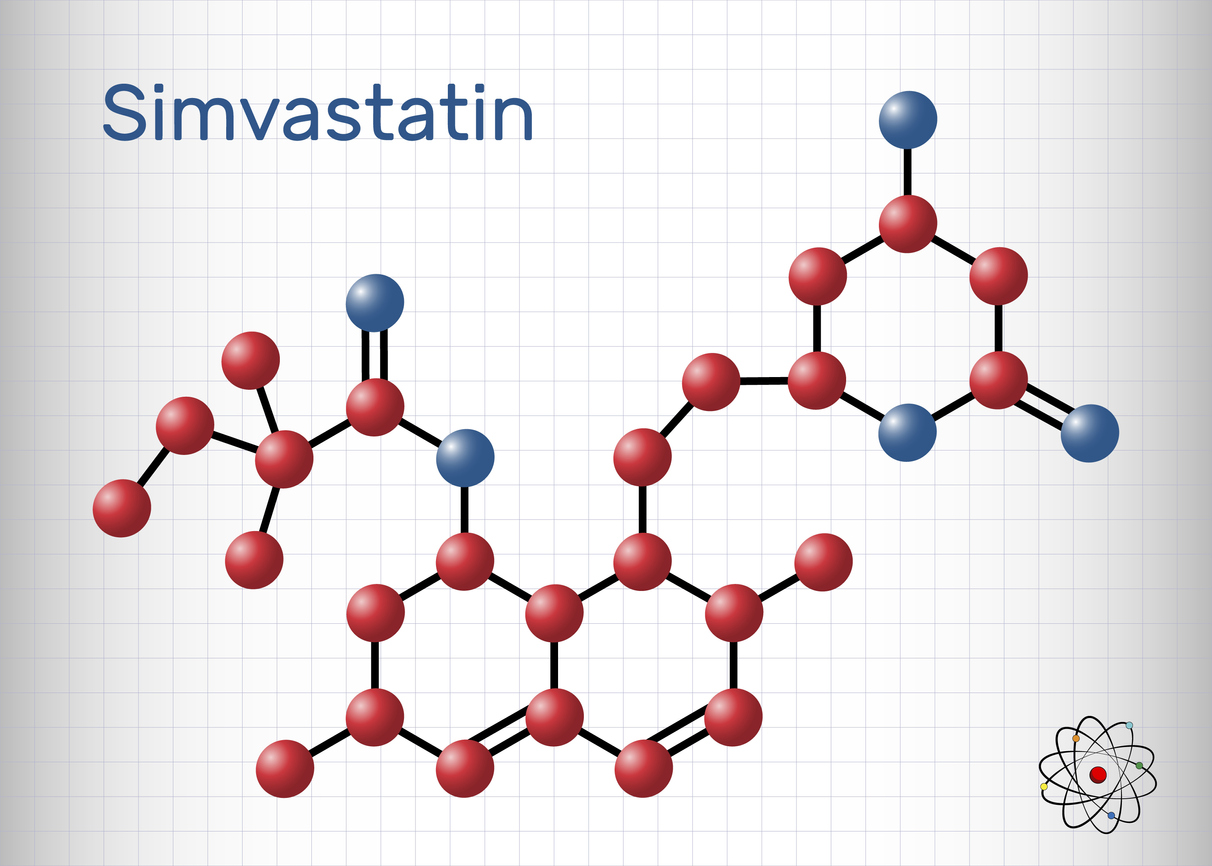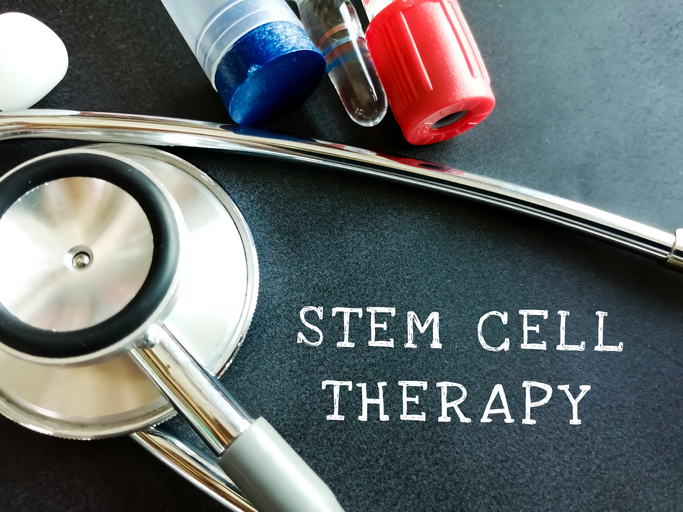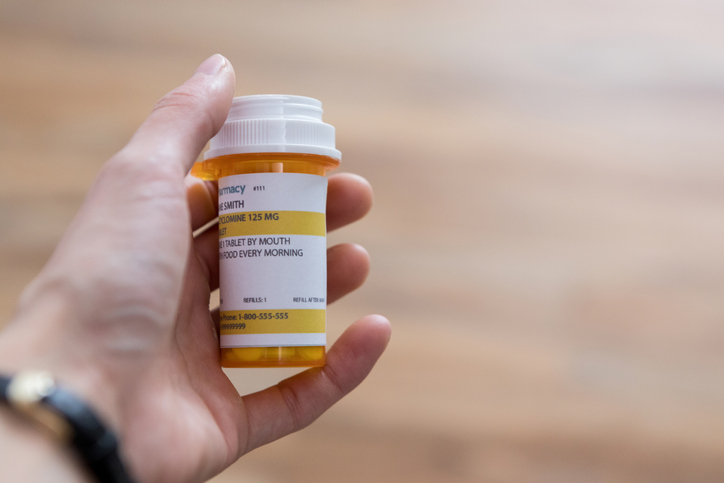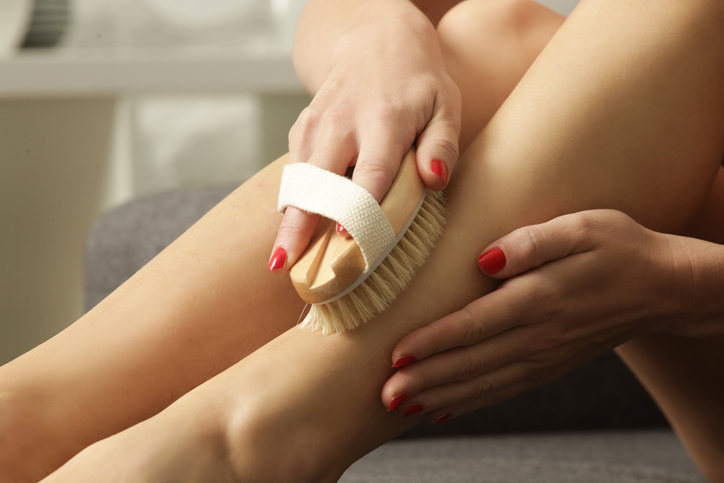Pain
14 treatments for Complex Regional Pain Syndrome (CRPS)
Source: Mayo Clinic

318 people found this helpful
Print
Share
Save
- Painkillers
Over-the-counter painkillers, such as ibuprofen, aspirin and naproxen, help decrease inflammation and pain. Stronger pain medications must be prescribed by a healthcare provider. - Anticonvulsants and Antidepressants
These are often used to treat pain that occurs due to a damaged nerve. - Corticosteroids
Steroid medications reduce inflammation which helps to increase mobility of the affected limb(s). - Intravenous Ketamine
Intravenous ketamine is a potent anesthetic. When used in low doses, it helps alleviate pain; however, it does not improve the function of the affected limb(s). - Sympathetic Nerve Block
Sympathetic nerve block is when local anesthetic is injected in area the CRPS affected nerves. It blocks the nerve pain and provide pain relief. - Bone-Loss Medication
These prescription medications help to impede bone loss. - Physical Therapy
Physical therapy proves very effective in reducing pain and increasing strength and range of motion. Optimal results are achieved if CRPS is diagnosed in the early stages. - Mirror Therapy
Using a mirror or mirror box tricks the brain. As the body moves the healthy limb in a mirror, the brain perceives it as the limb that is affected by CRPS. The brain then perceives the limb as healthy which results in reduced pain and increased mobility. - Biofeedback
Biofeedback techniques teach relaxation which aids in pain relief. - Heat Therapy
Heat applied to the affected area offers relief from swelling and pain. - Transcutaneous Electrical Nerve Stimulation (TENS)
This treatment uses electrical impulses to relieve chronic pain. - Topical Analgesics
Over-the-counter capsaicin cream or lidocaine cream (or patches) reduce hypersensitivity. - Intrathecal Drug Pump
Pain medications pumped into the nerves of the spinal cord relieve pain. - Spinal Cord Stimulation
Spinal cord stimulators relieve pain by delivering small electrical currents to the nerves in the spinal cord.

